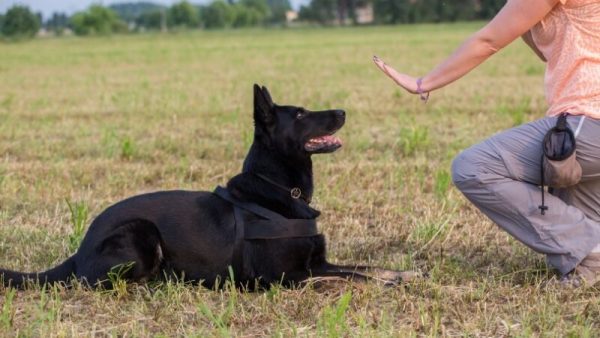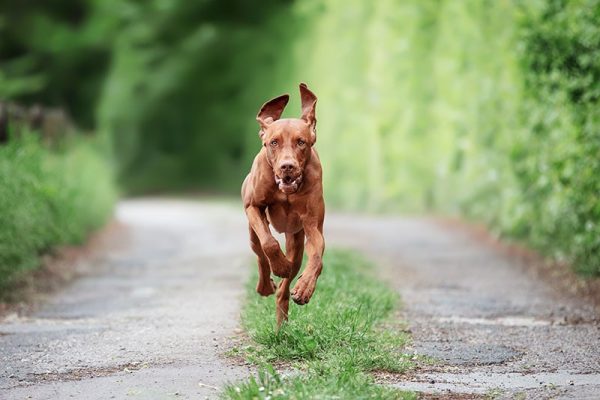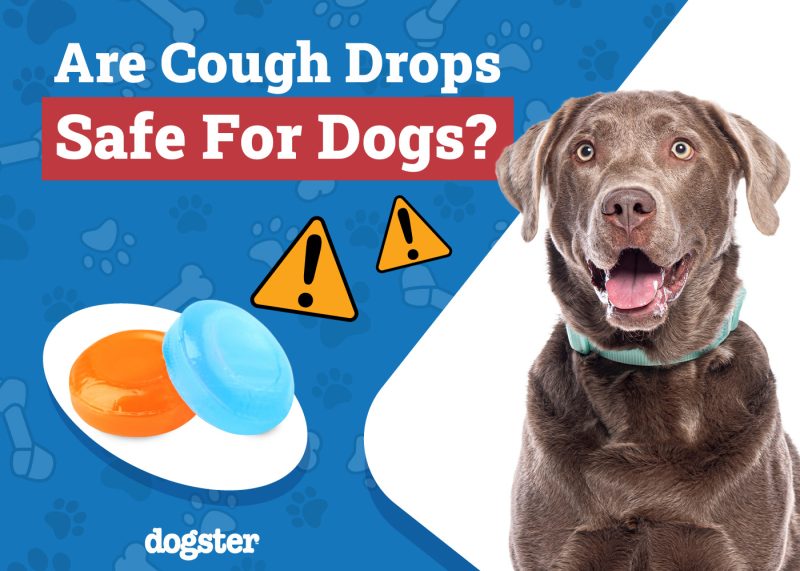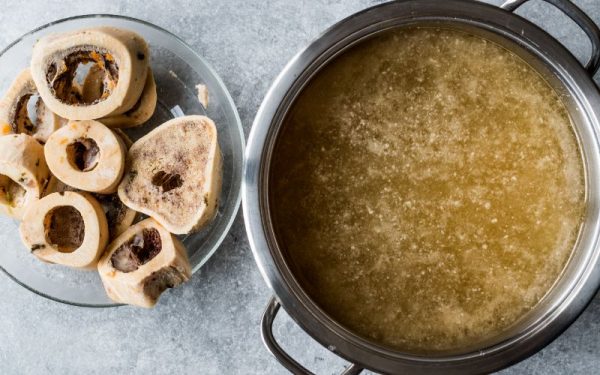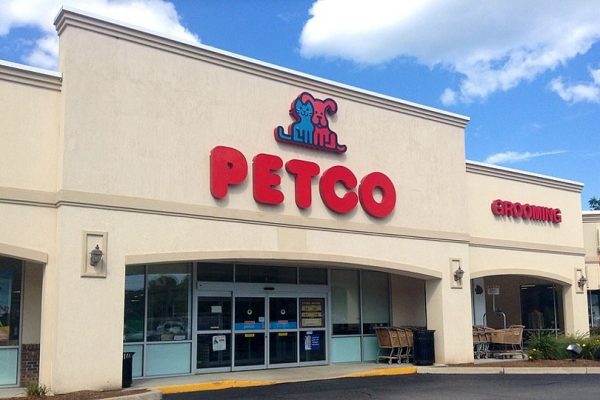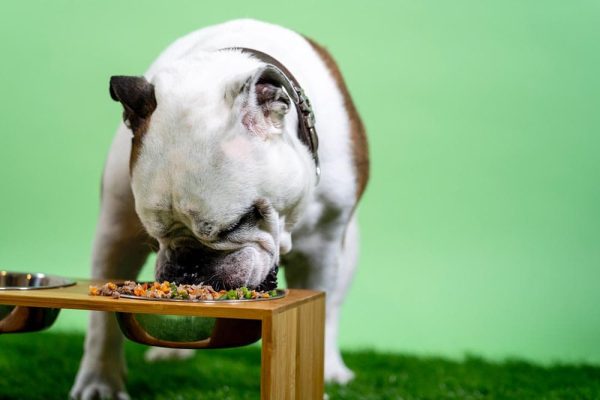In this article
When you want to treat yourself to a sweet treat, you don’t usually have to think about whether food from the grocery store will make you sick. However, it’s a completely different matter when shopping for healthy and tasty treats for your dog from the human foods on the shelf. You may have heard that dogs can’t eat grapes, but what about seedless grapes? Can dogs eat those?
No, dogs can’t eat any variety of grapes, with or without seeds. This means white, red, dried, peeled, cooked. Grapes are off-limits for dogs, period. We don’t know what exactly is in grapes that makes them toxic, but even a small serving of them can cause your dog to go into kidney failure. This means it’s crucial to keep your grapes sealed and out of your dog’s reach at all times. The same goes for raisins, sultanas, and Zante currants; they all come from the family Vitis vinifera (the common grape vine) and are toxic to dogs.

Why Are Grapes Toxic to Dogs?
It’s not actually known why grapes are toxic to dogs. It seems that some dogs can tolerate small numbers of grapes without any effect, whereas others will become seriously ill after eating just one grape or grape-related fruit. Over the years, there’s been much speculation as to what agent in grapes could be the source. Tannins, mycotoxins from fungi, antioxidants, and tartaric acid are some of the most common theories. Because we don’t know for sure what the toxic agent in grapes is, it’s even more imperative to keep grapes well away from your pup.
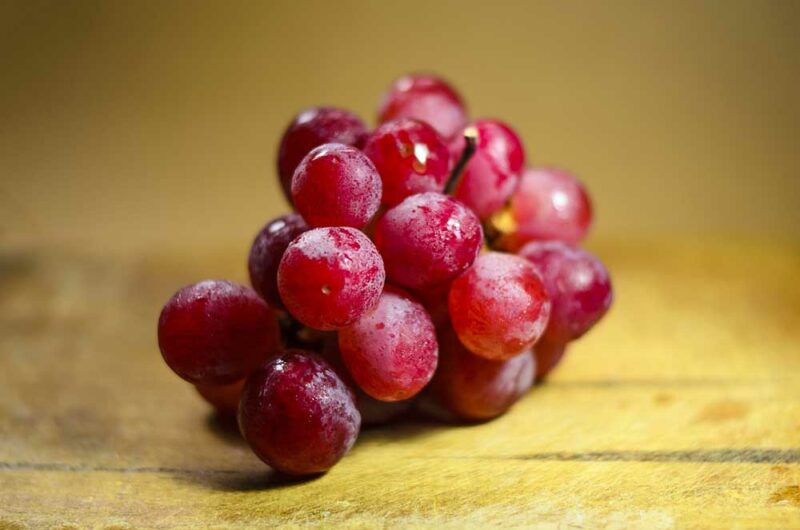
Signs of Grape Poisoning in Dogs
For dogs, grapes are one of the most toxic yet common human foods. Even a small amount of any grape product can be extremely detrimental to their health. It’s best to keep all foods containing grapes away from your dog, but we know that accidents happen.
The most common sign that your dog has eaten grapes is likely to be an empty packet of grapes or raisins on the floor. It is important to call your veterinarian immediately if this is the case; they will want to see your dog as soon as possible in order to make them sick. Once the grapes or raisins have been removed from the body, the damage can then be controlled.
If you don’t witness your dog eating grapes, the most common early sign is vomiting, which occurs within 24 hours of ingestion. Lethargy, lack of appetite, and diarrhea may follow over the next day.
More severe signs are not often seen until 24-28 hours after ingestion.
- Nausea
- Uremic breath (smells like ammonia)
- Abdominal pain
- Excessive thirst
- Excessive urination
- Inability to produce urine
Once urine output has dropped, this is a sign that the kidneys are shutting down and the prognosis for recovery is very poor.

What to Do if Your Dog Eats Grapes
If you spot one of the above-mentioned signs of grape toxicity in your dog, you should immediately take them to a trusted vet. However, if you saw them do it, it’s best to just take them to the vet right away. Be sure to call your vet to let them know you are on your way so that they can prepare for your arrival. The earlier you get them checked out, the better. If the toxicity is allowed to progress without treatment, the prognosis is extremely poor.
To diagnose grape toxicity, your vet will observe for signs of grape poisoning and check their vomit for pieces of grapes. They’ll likely induce vomiting by giving your dog an injection and then feeding your dog activated charcoal to neutralize the toxin and prevent it from being absorbed into the bloodstream. They will then take a baseline blood draw to check on the state of your dog’s kidneys and recommend your dog be placed on IV fluids for 72 hours before a second blood draw is taken. If all is well with the blood at the 72-hour mark, your dog will be discharged.
If you see your dog eat grapes but they don’t appear ill, don’t take your chances. Some dogs are seemingly more resistant to the ill effects caused by grapes, but you never really know. Always take your dog to the vet if you think they’ve eaten grapes, whether they seem sick or not.
If you need to speak with a vet but can't get to one, head over to PangoVet. It's an online service where you can talk to a vet online and get the personalized advice you need for your pet — all at an affordable price!
What Sweet Treats Are Safe for Dogs to Eat Instead of Grapes?
You can’t give your dog grapes as a sugary treat, but that doesn’t mean all human foods are off-limits! There are a lot of sweet treats that are not only safe but fairly healthy for your dog to eat on an occasional basis. Prepared correctly in moderate amounts, the foods listed below can make a mouthwatering morsel your dog will go crazy over.
- Peanut butter (xylitol-free)
- Blueberries
- Apples (no seeds or core)
- Pears (no seeds)
- Strawberries
- Sweet potatoes
- Watermelon (no seeds)
- Cantaloupe (no seeds)

Conclusion
Dogs can’t eat any type of grape because it will make them extremely ill and could be potentially fatal, so write them off completely as a dog treat. Instead, you can try delicious and nutritious treats like xylitol-free peanut butter, blueberries, blackberries, strawberries, or apples. Experiment with new and dog-safe fruits to help your dog enjoy a safer and more varied diet!
Featured Image Credit: Sunwand24, Shutterstock






